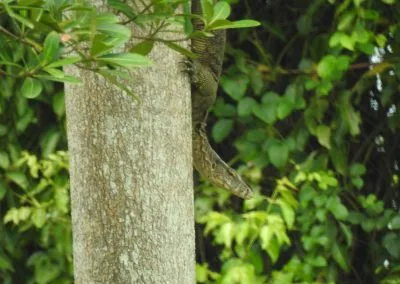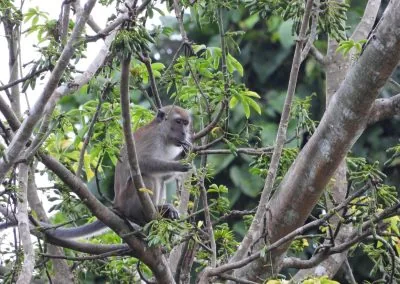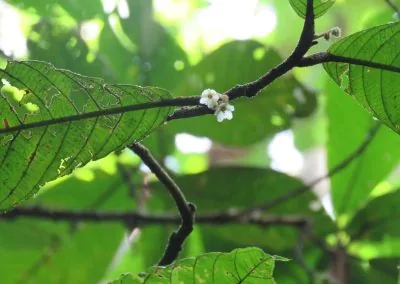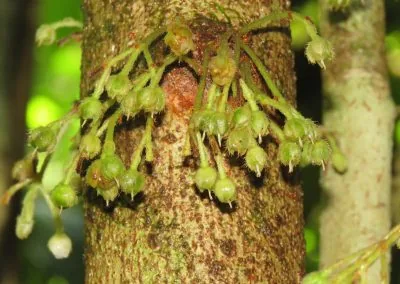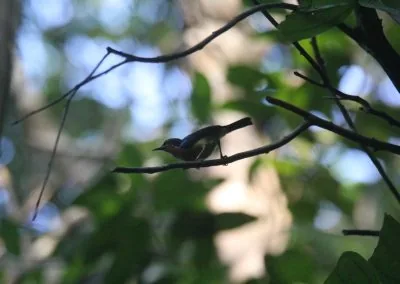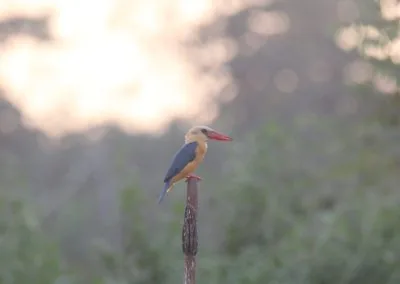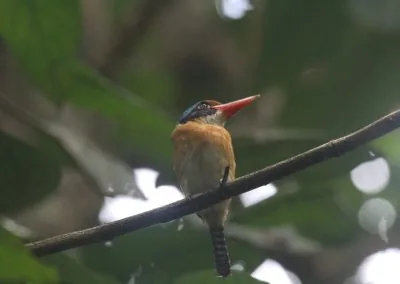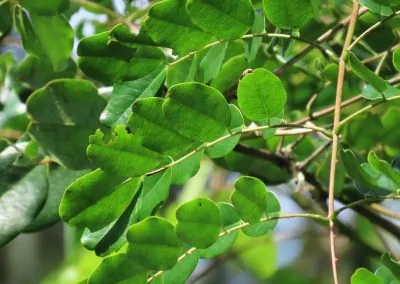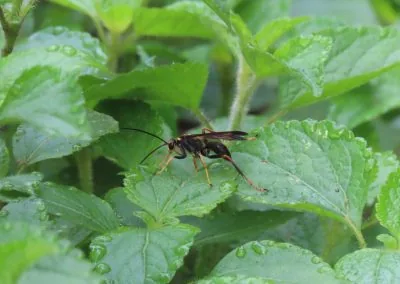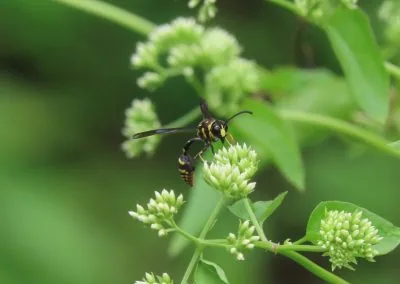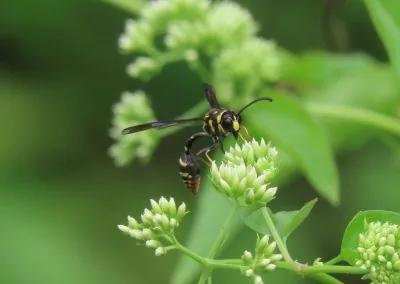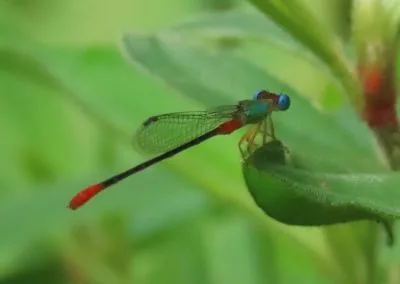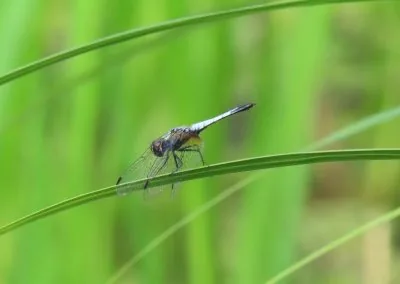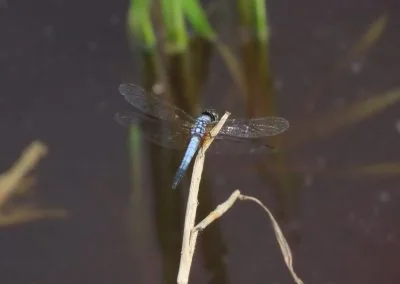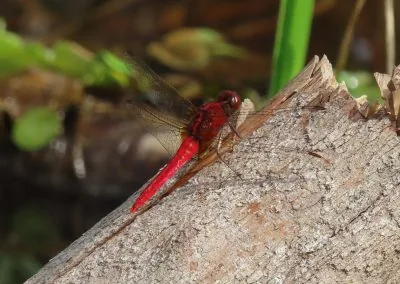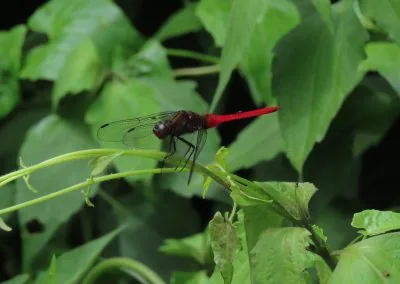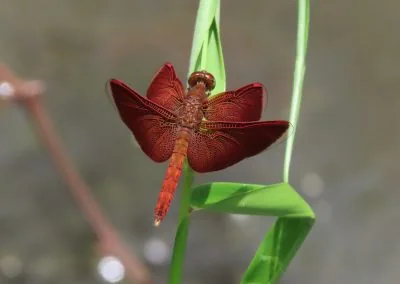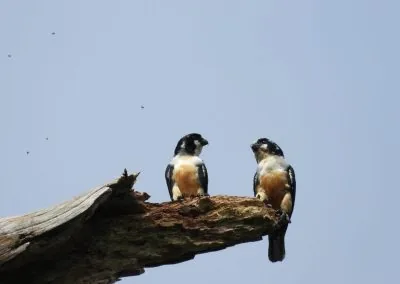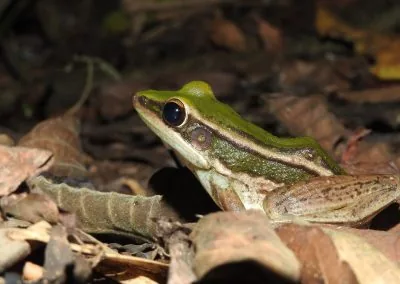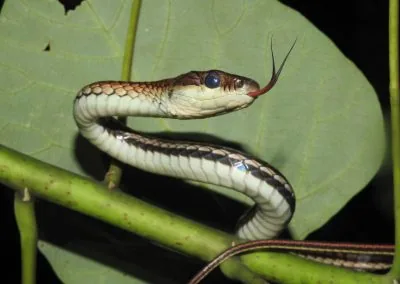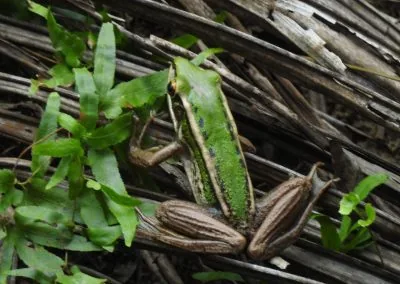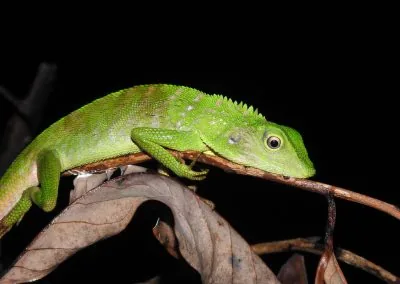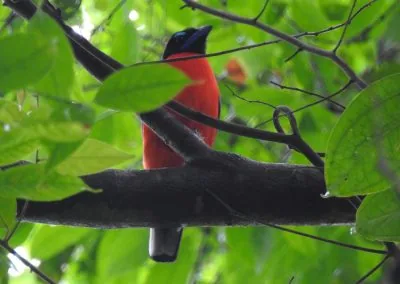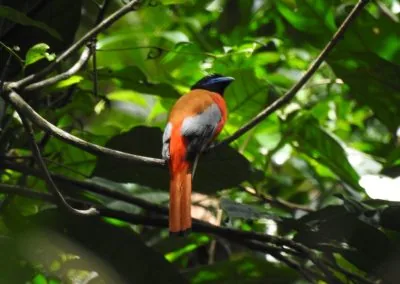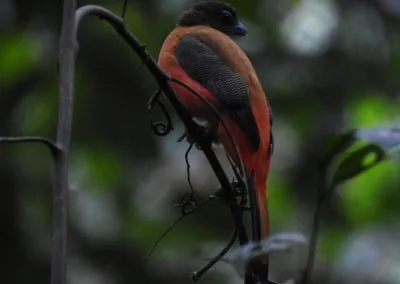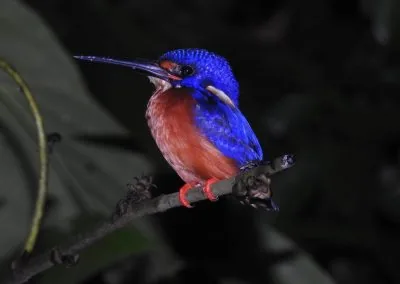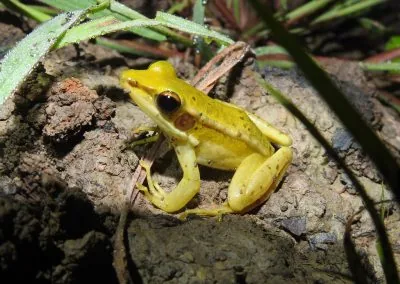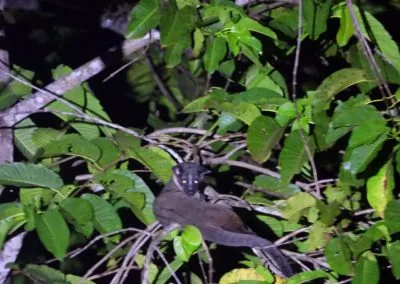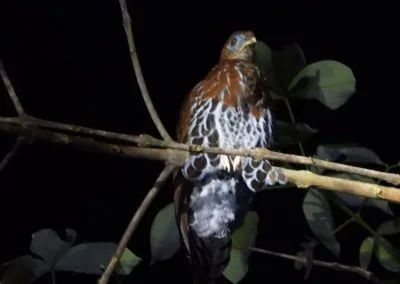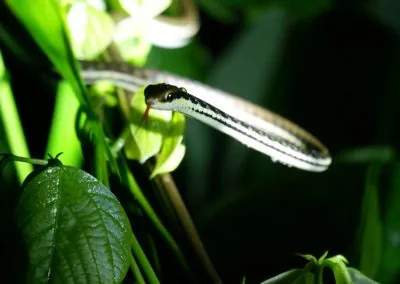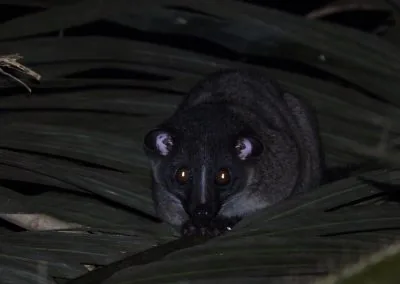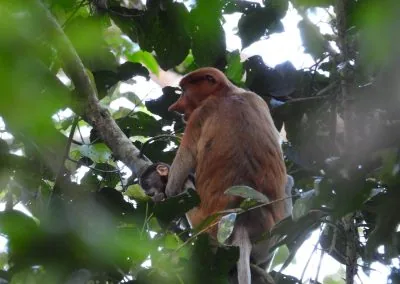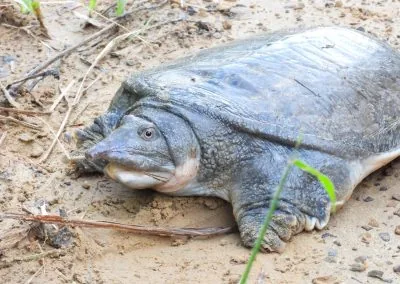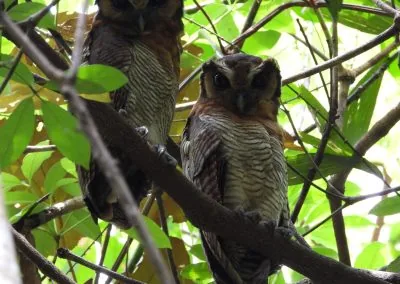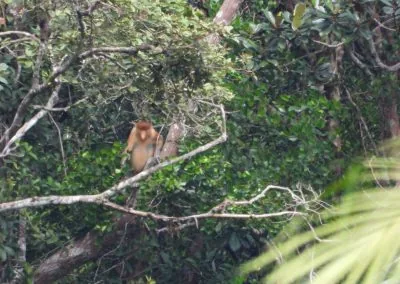Biodiversity & Conservation
SustainabilityOur Commitment to Conservation
Protecting and conserving areas of high conservation value is crucial not only for safeguarding the richness of biodiversity but also for supporting the communities that rely on these ecosystems. In today’s world, maintaining the balance between nature and development has become more vital than ever. Our approach to conservation ensures that we protect critical habitats, enhance biodiversity, and preserve essential ecosystems from both environmental and social perspectives.
The oil palm industry is often misunderstood, particularly regarding its environmental impact. However, responsible palm oil production, when guided by sustainable principles, implements best management practices to mitigate and manage these impacts. At TSH Resources, we are committed to demonstrating that sustainable palm oil can coexist with biodiversity conservation, while addressing the challenges posed by climate change.
Our Approach
Conservation and Biodiversity: Protecting Our Ecosystems
At TSH Resources Berhad, we are deeply committed to conserving biodiversity and protecting the unique ecosystems surrounding our plantations. Our conservation practices are guided by strong management systems, a dedicated governance structure, and clear policies that prioritize environmental stewardship. Here, we invite you to explore our key initiatives aimed at preserving habitats and supporting sustainable development.
Safeguarding Endangered Species, Biodiversity, and Ecosystems
Through comprehensive High Conservation Value (HCV) and Biodiversity assessments, we identify and preserve critical ecosystems, including areas with endangered species and high biodiversity. We implement targeted efforts to safeguard vulnerable species, such as planting native trees that provide essential food sources for local wildlife. Additionally, we actively monitor wildlife populations within and around our plantations to ensure the continued protection of species and promote biodiversity. By adopting the High Carbon Stock (HCS) approach in our development decision-making, we refine our conservation strategies, striking a balance between our operations and the surrounding ecosystems for sustainable coexistence.
Monitoring Hotspots and Fire Prevention
Our team uses a combination of physical checks, drone technology, and satellite imagery to monitor high-risk areas for early detection of hotspots. This proactive approach helps prevent wildfires, preserving the natural landscape from damage. Additionally, we collaborate with local communities to raise awareness and ensure prompt fire-fighting responses.
Community Engagement
We work closely with local communities, educating them on conservation practices and involving them in activities like boundary marking, monitoring efforts, and restoration projects. Together, we create a shared responsibility for preserving these valuable ecosystems. We conduct training sessions and workshops on sustainable farming techniques, fire prevention, and habitat conservation to empower local stakeholders to play an active role in ecosystem protection.
Certification and Compliance
Our conservation initiatives comply with industry standards, including those set by the Indonesian Sustainable Palm Oil (ISPO) and Malaysian Sustainable Palm Oil (MSPO) certifications. By following international guidelines, we ensure that our practices meet the highest environmental and ethical standards. Our commitment extends to aligning with the principles of the High Conservation Value (HCV) framework to ensure critical environmental and social areas are protected.
Soil Restoration Initiatives
By rehabilitating soil in degraded areas, we create more resilient landscapes that support long-term biodiversity and sustainable agricultural productivity. This includes using cover crops and organic amendments to enrich soil structure and promote microbial activity.
Buffer Zones and Riparian Zone Protection
Establishing buffer zones around watercourses, wetlands, and other ecologically sensitive areas helps protect water quality and supports aquatic biodiversity. These zones are critical for controlling soil erosion, maintaining habitat corridors, and preventing chemical runoff.
Sustainable Land Management and Agroforestry
We are committed to promoting sustainable land-use practices that balance environmental stewardship with agricultural productivity. Our initiatives include agroforestry, where trees are integrated into agricultural landscapes to enhance biodiversity and increase resilience to climate variability. Beyond soil and land restoration, we prioritize comprehensive ecosystem restoration, focusing on reforesting areas impacted by past land use to regenerate forest habitats, strengthen wildlife corridors, and restore ecological balance.
After TSH took over the Ulu Tungud forests rigorous protection measures were implemented, and no logging activities were conducted for a decade. Following this period, only Reduced Impact Logging (RIL) techniques were employed, demonstrating our dedication to sustainable forest management and conservation.

